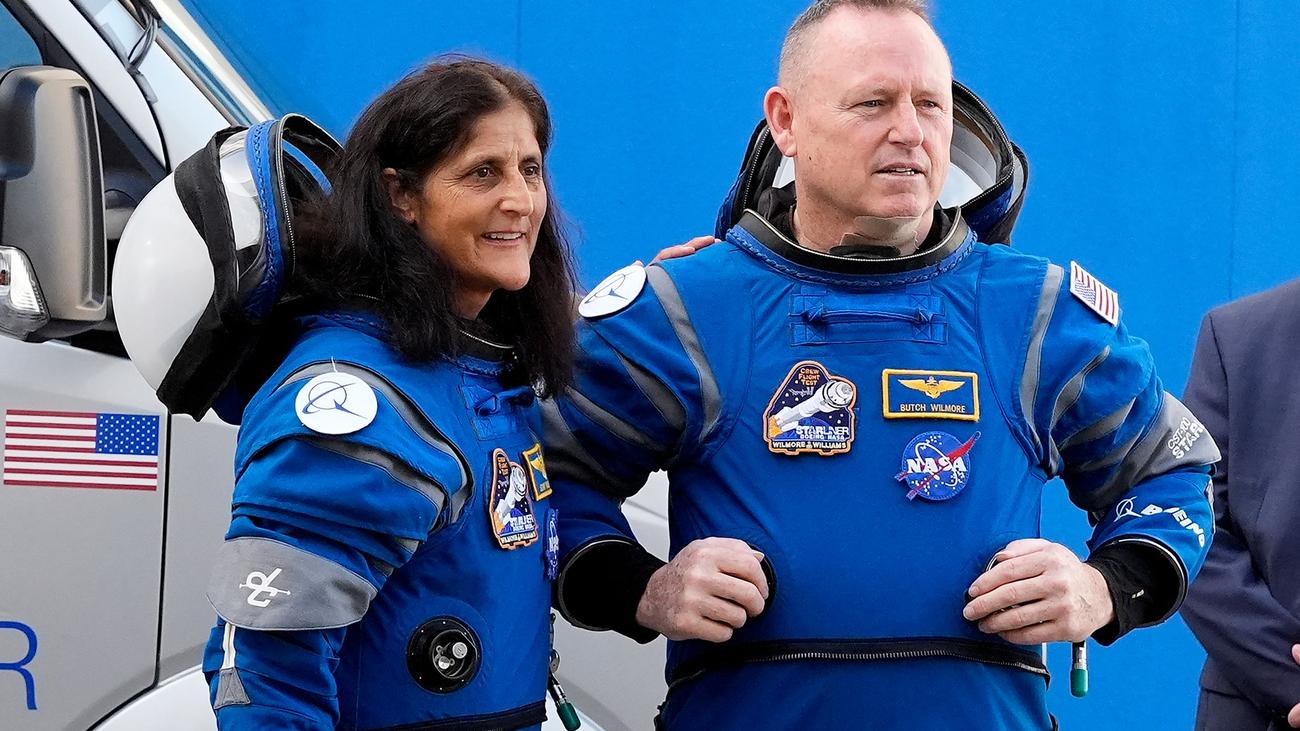
NASA’s Crew 10 Mission to Return to Earth Sooner Than Expected
Two U.S. astronauts currently aboard the International Space Station (ISS) can now look forward to an earlier return home. NASA has decided to utilize a previously flown SpaceX Crew Dragon capsule instead of a new one to transport the astronauts, potentially enabling their departure in mid-March rather than late March.
Crew 10 Mission Details
The Crew 10 mission comprises four astronauts:
- Anne McClain and Nicole Ayers (United States)
- Takuya Onishi (Japan)
- Kirill Peskov (Russia)
They are scheduled to launch on March 12th and dock with the ISS a few days later. Once the Crew 10 astronauts arrive, the two current ISS occupants, Suni Williams and Barry Wilmore, along with their fellow crewmates Nick Hague and Alexander Gorbunov, will prepare to return to Earth.
Starliner Mishap and Extended ISS Stay
Williams and Wilmore arrived at the ISS in early June aboard Boeing’s Starliner spacecraft, expecting to stay for about a week. However, technical issues with the Starliner forced NASA to send the spacecraft back to Earth empty in September.
As a result, Williams and Wilmore have remained on the ISS for an extended period. NASA officials have emphasized that both astronauts are highly experienced and well-trained to handle any contingencies.
Crew Dragon Repurposing
To facilitate their earlier return, NASA has opted to use a SpaceX Crew Dragon capsule that has already been used on a previous mission. This capsule is expected to be ready by mid-March, providing the mission is ready to proceed by that time.
By utilizing a previously flown capsule, NASA can expedite the astronauts’ return and avoid further delays.
Astronaut Preparedness
Williams and Wilmore have repeatedly assured NASA that they are prepared for all eventualities. They have undergone extensive training and are confident in their ability to adapt to any challenges that may arise.
Conclusion
The repurposing of a previously flown SpaceX Crew Dragon capsule offers a promising solution for the return of the two U.S. astronauts currently aboard the ISS. The revised mission schedule will allow them to come home sooner while maintaining the safety and integrity of the mission. NASA’s continued commitment to innovation and adaptability ensures the success of its human spaceflight endeavors.
